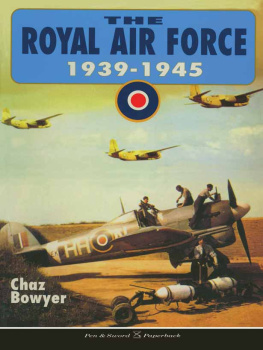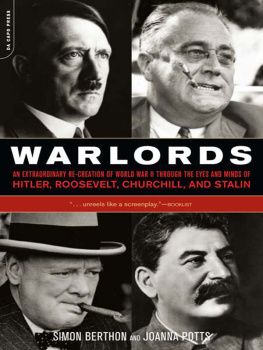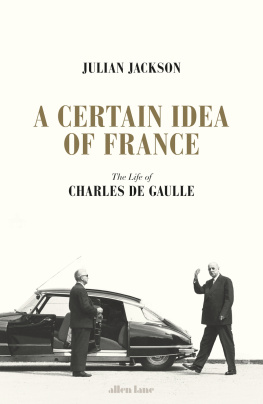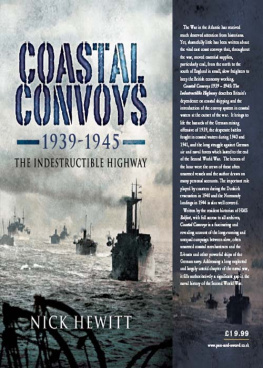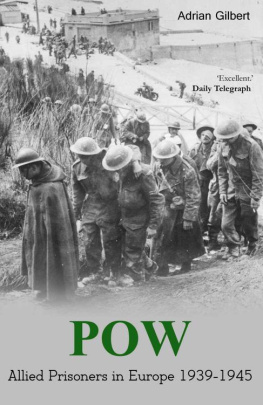Thank you for downloading this Simon & Schuster ebook.
Get a FREE ebook when you join our mailing list. Plus, get updates on new releases, deals, recommended reads, and more from Simon & Schuster. Click below to sign up and see terms and conditions.
CLICK HERE TO SIGN UP
Already a subscriber? Provide your email again so we can register this ebook and send you more of what you like to read. You will continue to receive exclusive offers in your inbox.
We hope you enjoyed reading this Simon & Schuster ebook.
Get a FREE ebook when you join our mailing list. Plus, get updates on new releases, deals, recommended reads, and more from Simon & Schuster. Click below to sign up and see terms and conditions.
CLICK HERE TO SIGN UP
Already a subscriber? Provide your email again so we can register this ebook and send you more of what you like to read. You will continue to receive exclusive offers in your inbox.
To my Parents, Rosalyn and Michael, and to Stanley Goldberg (193496)
Prologue
Call it a war
If we are really well armed the Reds will not force a world war on us.
Vannevar Bush
For these men the war had never ended.
On a quiet Monday night in Washington, D.C., Dwight Eisenhower, Carl Spaatz and Chester Nimitz, the chiefs of the worlds strongest military power, slipped into the Carlton Hotel for a private party. Joining them were their civilian bosses, Navy Secretary James Forrestal and Army Secretary Robert Patterson.
It was January 20, 1947. The hot fight against the Germans and the Japanese had given way to an insecure world, in which U.S. atomic bombs symbolized the nations unsurpassed military and industrial strength but did not guarantee peace.
No one knew when a new world war might come. But if it didno, when it did the old soldiers dining in the Carlton Hotel knew they must have more than God and Capitalism on their side. They must have Technology, too.
Make no mistake: the outcome of war was now decided, as much as anything, by a nations scientific and engineering wizards. This was the lesson of World War II. The laboratory, as much as the factory, proved to be the great arsenal of democracy. Radar. Missiles. Radio-controlled fuzes. Mass-produced penicillin. The atomic bomb. Never had a nation at war harvested the knowledge and inventiveness of its people on such a grand scale. Never had scientists and engineers so altered the face of battle.
And never had any army or navy relied so heavily on civilians to make the basic tools of warand form the very strategies and tactics of battle.
Their great contribution was not lost on the scientists and engineers, whose leaders were also in attendance that evening at the Carlton. Success, even a measure of celebrity, had altered their perspective. Once these self-styled eggheads had had to beg the military to consider their advice. Now they demanded an equal say over the strategy, tactics and technologies of war, and they openly worried that the technological naivete of hidebound generals and admirals posed a grave danger to the nation. At times, these new technocrats talked as if they would be satisfied with merely directing their well-funded labs. But at other times they talked as if they would settle for nothing less than control of the militarys lifeblood, the new weapons that poured from Americas nascent military-industrial complex.
How life had changed. Barely five years before, in the hectic weeks following Pearl Harbor, the military virtually ignored technology and took for granted that the weapons of the last war would determine the victors of the new one. Officers treated scientists and engineers as mere hired hands or, worse, useless dreamers. But after the success of radar, the proximity fuze andmost dramaticallythe atomic bombing of Hiroshima, the military gave star treatment to its researchers. Scrambling to keep up, the military assembled its own cadres of technocrats.
T he officers, service secretaries and about 30 other government insiders had a special reason for attending a black-tie affair at the Carlton. They were marking the official closure of the Office of Scientific Research and Development, the legendary war agency that had quietly overseen the creation of many of the powerful weapons unleashed during World War II. Beyond respectfully burying the OSRD, these bigwigs planned to celebrate the partnership between the Armed Services and the nations top civilian researchers. The OSRD had bankrolled thousands of these researchers during the war and then pressured a skeptical military into using their most compelling innovations.
The OSRD had been winding down for two years now, but it still cast a large shadow over military research. And that was largely because of the vitality of the agencys longtime chief, Vannevar Bush, the official master of ceremonies for the evenings festivities.
Friends called him Van because, he joked, they could not pronounce properly his full first name (it rhymed with beaver). Many acquaintances simply called him Dr. Bush. At the age of 57, he personified military research in America and was the most politically powerful inventor in America since
A gifted mathematician and electrical engineer, Bush came from a peculiarly American line of can-do engineers and tinkerers, a line beginning with Franklin and including Eli Whitney, Alexander Bell, Edison and the Wright brothers. Born in 1890, during a tidal wave of American ingenuity, Bush tinkered with gadgets as a boy, cofounded a radio-tube company as a young professor and designed the worlds most powerful mechanical calculators in the 1930s, laying the groundwork for the advent of the digital computer and the information revolution made possible by this machine. During World War II, he advised President Roosevelt on science and technology and organized the successful effort to build the first atomic bomb, popularly known as the Manhattan Project. Bush joined in the decision to drop the A-bombs even as he warned that the U.S. couldnt sustain for long its atomic monopoly and that an arms race was likely. While unapologetic over the A-bomb attacks, he secretly tried to halt the first test of a hydrogen bomb and, after failing to do so, claimed that history will show that H-bomb advocates have a great deal to answer for in sending humanity into a grim world.
World War II was Bushs shining moment. Just as Franklin had seized the Revolutionary Era to enter the public sphere with all the energy and accomplishment of the can-doer, so did Bush grab on to the birth event of the American Century. Despite his technocratic garb, Bushs preoccupation was politics. He balanced the demands of contending scientific factions and handled relations with the military, the Congress and the president. By his own admission, he was engaged in the political aspect of it more than anything else.
While his influence reached its zenith during the war, he remained an influential personality in postwar America. In 1945, he published two landmark essays that expressed a stunning vision of a future in which technology would serve humanitys highest intellectual and political ends. The first essay, As We May Think, predicted that new technologies would someday deliver an unprecedented ability to receive and manage information, thus improving the quality of life in untold ways. His words contained the germ of what would become the Internet and won him a posthumous reputation as the sage of cyberspace. The second essay, ScienceThe Endless Frontier, skillfully equated scientific and technical progress with national healthand convincingly made the argument that government must finance independent researchers at levels far above those seen before the war.
Next page



